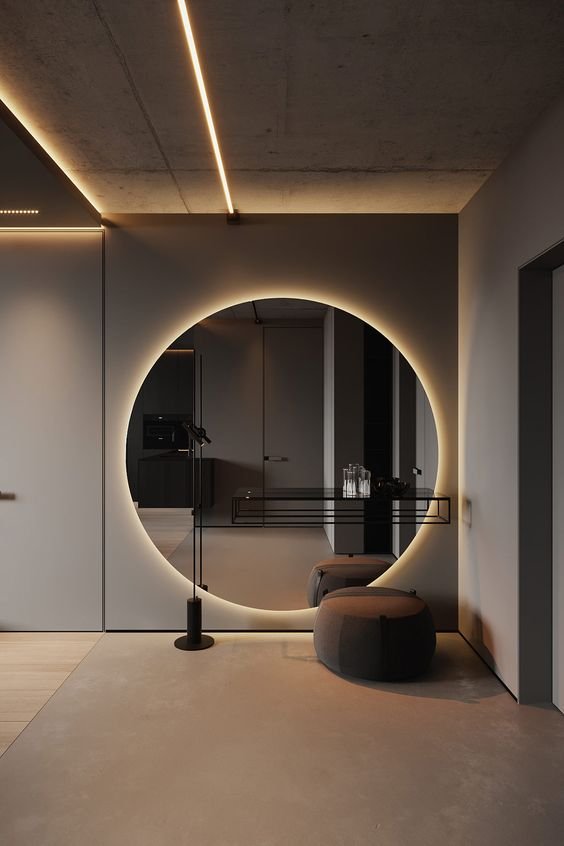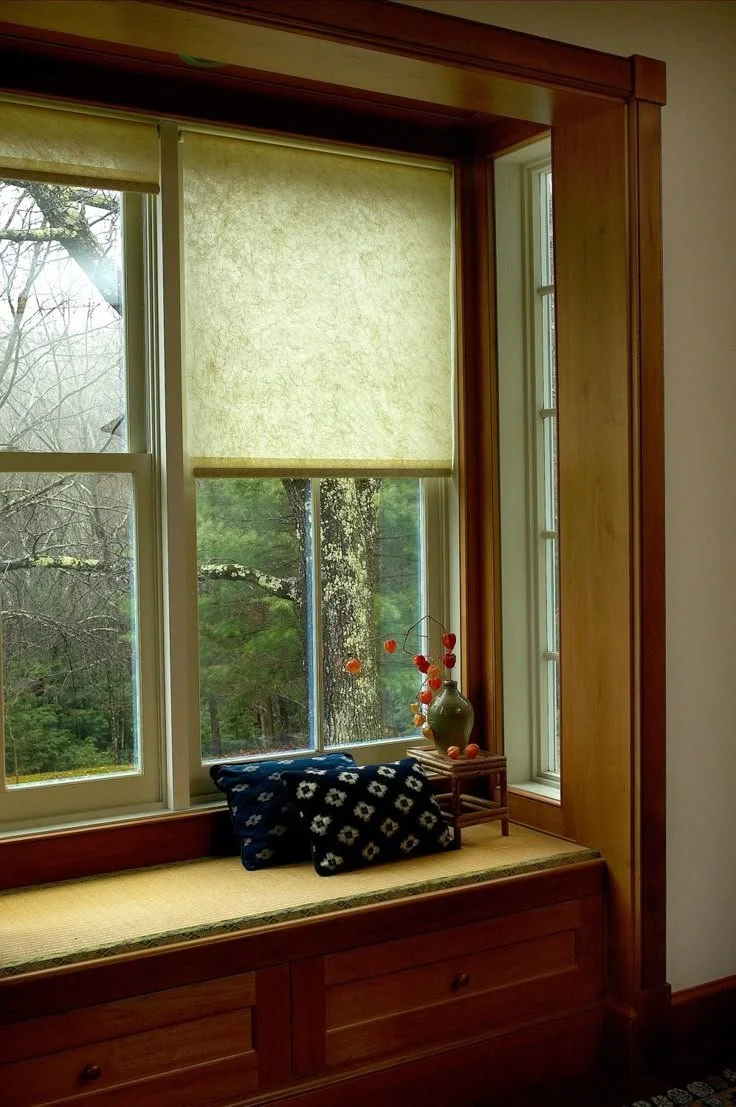House Hack: Installing a Whole-House Surge Protector
Ok, here’s a little house hack not a lot of people talk about - but literally every home owner should know and do. Have you ever heard of a whole-house surge protector? It’s a small device will eliminate the need for all the other surge protectors you have at individual outlets around your home. And in case you don’t know what a surge protector is, it’s an appliance or device (which often doubles as a power strip) intended to protect electrical devices from voltage spikes in alternating current circuits. Voltage spikes can be caused by a range of things, from old wiring, tripped circuit breakers, old or faulty appliances, surges from power lines, lightening, and a whole lot more. And believe it or not, they’re super normal. The typical home can often experience several little surges throughout.
Below are steps for installing a whole-house surge protector. If you know your way around an electrical box, this is a project you can attempt to tackle yourself. If not, definitely a local electrician to come out and install the surge protector for you - as electrical is definitely nothing to mess with on your own.
Step One.
We cannot stress enough how crucial this step is—turn off the main switch that’s outside your electric panel box. This step cuts off the power and breakers to your home. Do this before opening the panel box. An active panel is a dangerous panel.
Once you know that the box is off, unscrew the panel and remove it entirely. A voltage detector will tell you if the power is off and it’s safe to proceed. Only touch the wire you need for the installation because some cables may still be live.
Step Two.
You’ll notice one or more small spherical knockout areas on the side of the panel where it meets the wall. Gently remove a single hole to provide an opening for the surge protector wires. Carefully feed the cables through the hole and bring them to the front until you’re ready to connect. Using your drill and screwdriver, secure the surge protector to the wall. Read through the manufacturer’s directions to ensure you’re mounting it correctly. Each model will have different instructions.
You’ll find several wires that connect the protector to the panel, including:
Two black wires – complete the circuit
Green wire – ground
White wire – neutral
Step Three
To connect the wires, strip the coating off the ends. You’ll use the part of the cable stripper that reads 14 AWG to ensure you’re not scoring the wires with too small of a strip gauge.
The green wire will connect with the ground bus bar to the right.
The neutral wire connects to the neutral bus bar to the right.
The two black wires connect to a dipole circuit breaker. Mount it close to the main power wires.
Step Four
The next step for installing a whole-house surge protector is to put back the panel cover once you’re confident all wires are connected correctly. Watch to make sure you don’t leave any gaps or spaces, then turn the main breaker back on.
Shift on the dipole switch that you connected the black wires to. Check the digital displays or lights to confirm it’s working correctly.
There are many benefits to installing a whole-house surge protector. You can rest assured that your house is protected with this device. If you don’t feel comfortable installing the surge protector yourself, please call a local professional electrician.











